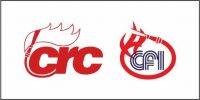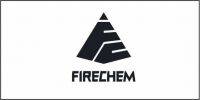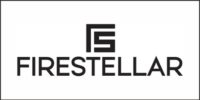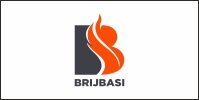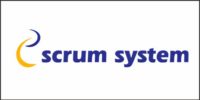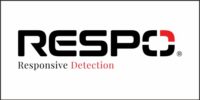 The increasing frequency and severity of forest fires worldwide necessitate innovative firefighting technologies. This project proposes the design and fabrication of a tethered Unmanned Aerial Vehicle (UAV) equipped with both multi-rotor and water jet propulsion systems, aimed at enhancing firefighting capabilities.
The increasing frequency and severity of forest fires worldwide necessitate innovative firefighting technologies. This project proposes the design and fabrication of a tethered Unmanned Aerial Vehicle (UAV) equipped with both multi-rotor and water jet propulsion systems, aimed at enhancing firefighting capabilities.
The UAV’s unique design allows it to carry a significant payload and provide effective aerial firefighting support.
Introduction: Forest fires pose a significant threat to ecosystems and human communities, demanding advanced firefighting solutions. This project introduces a novel approach by combining multi-rotor and water jet propulsion in a tethered UAV for efficient and targeted firefighting efforts. The introduction explores the current challenges in combating forest fires and establishes the need for innovative technologies.
Literature Review: A thorough review of existing literature reveals the state of the art in UAV technologies for firefighting purposes. Studies on multi-rotor UAVs and water jet propulsion systems provide valuable insights into their individual strengths and limitations. This section also explores previous attempts to combine these technologies and identifies gaps in the current research landscape.
Objectives: The primary objectives of this project include designing a tethered UAV capable of carrying a substantial payload, integrating multi-rotor and water jet propulsion systems, and enhancing maneuverability for precise firefighting operations. These objectives align with the overarching goal of improving aerial firefighting effectiveness and reducing response times.
Methodology: The project’s methodology involves a systematic approach to design, fabrication, and testing. The selection of materials, components, and propulsion mechanisms is critical, and a phased approach to prototype development is outlined. Prototypes will undergo rigorous testing in simulated and controlled environments to ensure functionality and safety.
Design Considerations: The design considerations section delves into the intricacies of combining multi-rotor and water jet propulsion. Aerodynamic considerations, stability, and structural integrity are paramount, as is the integration of a robust tethering system. Safety features, such as obstacle detection and avoidance, are incorporated to prevent accidents during firefighting operations.
Propulsion System Integration: This section provides a detailed overview of how the multi-rotor and water jet propulsion systems are integrated into the UAV. The synergy between these systems is essential for achieving optimal performance in varied firefighting scenarios. The discussion includes the mechanics of switching between propulsion modes and the overall impact on the UAV’s maneuverability.
Tethering Mechanism: A reliable tethering mechanism is fundamental to the UAV’s operation. This section outlines the design and implementation of the tethering system, emphasizing factors such as tensile strength, length, and flexibility. The tether not only provides power and communication but also ensures the UAV’s stability during firefighting maneuvers.
Control System: The control system is central to the UAV’s functionality. This section explores the architecture of the control system, encompassing both manual and autonomous modes. Emphasis is placed on user-friendly interfaces for remote operators, incorporating real-time data feedback and response mechanisms to enhance operational efficiency.
Testing and Validation: Rigorous testing protocols are essential to validate the UAV’s performance. This section outlines the testing procedures, including simulated firefighting scenarios, environmental challenges, and stress testing. Results are analyzed to assess the UAV’s effectiveness in extinguishing fires and its adaptability to diverse terrains and conditions.
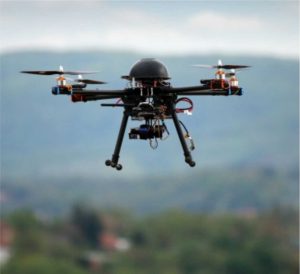 Results and Discussion: Presenting the outcomes of the testing phase, this section discusses the UAV’s performance against predetermined metrics. Any challenges encountered during the project are addressed, and comparisons with existing firefighting technologies are made. The discussion delves into the practical implications of the combined multi-rotor and water jet propulsion system for forest firefighting.
Results and Discussion: Presenting the outcomes of the testing phase, this section discusses the UAV’s performance against predetermined metrics. Any challenges encountered during the project are addressed, and comparisons with existing firefighting technologies are made. The discussion delves into the practical implications of the combined multi-rotor and water jet propulsion system for forest firefighting.
The conclusion summarizes the key findings, emphasizing the project’s contributions to the field of aerial firefighting. The feasibility of the proposed UAV in addressing the challenges posed by forest fires is discussed. Recommendations for further research and potential improvements are highlighted.
Future Work: This section outlines potential avenues for future research and development. Suggestions may include refining the propulsion system, optimizing the tethering mechanism, and exploring additional features to enhance the UAV’s firefighting capabilities. The goal is to inspire continued innovation in aerial firefighting technology.










